Table of Contents
How to stop a heart attack? The answer is “You can’t do it,” but you can reduce the adverse outcome if you know what to do when having a heart attack.
Can you survive a heart attack when alone? It’s an overwhelming scenario, but the answer is a resounding “yes.”
In this article, we will walk you through some first aid steps to take for a heart attack and arm you with techniques on how to save someone from a heart attack calmly. This knowledge can mean the difference between life and death. Let’s be informed to protect you and your loved ones from this serious condition.
Can you stop a heart attack: What are the facts?
In developed nations, heart attacks are a leading cause of death. With an alarming prevalence spanning nearly three million people, the disease claims the lives of over one million U.S. citizens each year (1).
In fact, a third of patients die before they can get medical help. Even if they survive the heart attack, about 5–10% of survivors die within a year (1).
Unfortunately, you can’t stop a heart attack all by yourself. Nevertheless, if you seek medical help rapidly enough, there’s still a chance that you survive a heart attack.
You can also prevent some serious heart damage and its complications with the proper treatments.
How to survive a heart attack? Recognize the symptoms
Your heart muscle requires a constant supply of blood flow. Yet, a blockage in the arteries can sometimes obstruct this circulation, resulting in a myocardial infarction or a heart attack. The heart muscle then becomes starved of oxygen and dies (1, 2, 3).
A heart attack can trigger a sudden cardiac arrest, which is when your heart stops working completely. If you see someone collapse and can’t respond or breathe after a heart attack, they might experience cardiac arrest (4, 5).
So, swiftly recognizing symptoms and seeking treatments are crucial to combat a heart attack effectively.
Understanding the symptoms of a heart attack
It’s a startling reality that, every 40 seconds, someone in the United States has a heart attack (6).
Many causes and risk factors can result in a heart attack (1). The symptoms can also vary greatly.
Not all heart attacks start with the sudden and intense chest pain you may have seen in the movies. If you’ve had a heart attack before, the symptoms for another one might not be the same (7, 8).
Heart attacks can happen without or with very mild symptoms. Those are called silent heart attacks, which can be fatal, as the patient may not seek treatment immediately. They’re more likely to happen in older adults and people with diabetes (7, 9).
Here are some major symptoms of a heart attack (2, 10):
- Chest pain, pressure, or squeezing in the center or on the left side of the chest. It may not go away even when you rest or take medicine.
- Pain, discomfort, or numbness that radiates to the neck, jaw, teeth, shoulders, back, arms, or upper abdomen.
- Cold sweat for no reason and a sense of fear or worry.
Women, older adults, and individuals with diabetes are more likely to have unusual and not-so-clear symptoms (1, 7, 8, 10):
- Shortness of breath when resting or doing light activity
- Feeling tired, exhausted for no reason
- Upset stomach, nausea, and vomiting
- Losing one’s appetite
- Feeling dizzy or like one may pass out
- Racing or irregular heartbeat
- Heartburn, choking, or cough
It’s crucial to know the symptoms of a heart attack so you can spot them if it happens. Common symptoms include chest pain, limb discomfort, and cold sweats. But if you’re a woman, an old-timer, or a person with diabetes, you may experience some unusual symptoms.
What to do when having a heart attack alone?
If you experience any of the symptoms above, call 911 or the local emergency number immediately (11).
Before emergency medical services (EMS) arrive, keep calm and sit or lie down (5). Here are some crucial points to remember after calling 911:
Emergency tablets for heart attacks
Your doctor may begin treating you before confirming that you are having a heart attack. Early treatment can prevent or limit heart damage, help the heart work better, and save your life (12).
Many experts recommend chewing slowly and swallowing a full dose (160-325 mg) of chewable aspirin (1, 5). Chewing it instead of swallowing it whole allows the aspirin to work faster.
This drug can stop more blood clots from building up, thus reducing heart damage. However, remember that it can cause bleeding in your stomach or trigger an allergy (3, 12).
Other options
Other treatment options are prescribed by a medical provider (1, 12):
- Nitroglycerin, or nitrates, can help your heart pump blood more efficiently and improve blood flow. It’s also a treatment for chest pain if it is due to heart vessel blockage. Some of its downsides include feeling sick and weak, throwing up, and having a slower heart rate and low blood pressure.
- Thrombolytic medicines are also known as clot busters. They can help widen blood vessels and dissolve blood clots blocking arteries. However, these medicines may cause bleeding issues, so use them only if you cannot reach a hospital fast enough and under the advice of a medical provider.
Oxygen therapy is a treatment that gives you oxygen to breathe. You can get oxygen therapy from tubes in your nose or trachea or from a face mask. It’s usually safe, but there may be some downsides, like a dry or bloody nose, tiredness, and morning headaches.
Online myths debunked
There are a few myths about how to stop a heart attack spread widely on the internet that might catch your attention, often called “heart attack remedies at home.” However, are they helpful or risky? Let’s debunk these myths to save ourselves from misleading information.
Performing cough CPR to stop a heart attack – Does it work?
An online myth suggests that if you cough hard after taking deep breaths, your brain can receive a quick boost in circulation due to the raised blood pressure (13). The American Heart Association (AHA) doesn’t support cough CPR (14). It is an Internet myth that should not be used as a substitute for actual CPR.
Making someone cough to keep blood flowing to their brain doesn’t work, no matter what you read online.
Using cayenne pepper to stop a heart attack – Does it work?
You may have stumbled across other “quick” heart attack treatments online. Yet, they may be risky by delaying the emergency medical treatment you need.
Another ineffective online recommendation is to drink water with cayenne pepper. Some people say cayenne pepper is a stimulant that can boost your heart rate. Others even claim that cayenne pepper can instantly stop bleeding.
Spices can benefit our hearts, but how much do we need to eat to reap their benefits? Be careful not to overdo it to avoid side effects (15).
Notably, some people have taken cayenne pepper pills (containing capsaicin) to lose weight and have ended up having heart attacks. Surprisingly, they had no risk factors for heart disease (16, 17).
There’s no solid answer to whether cayenne pepper can help stop a heart attack. Therefore, don’t put your health on the line by following those misleading online suggestions.
If you or people around you have suffered a heart attack, call for help immediately. Getting treated early with aspirin, nitroglycerin, thrombolytic meds, and oxygen therapy can be effective. Meanwhile, online remedies, such as performing “cough CPR” and eating cayenne peppers, are not good ideas.
What to do when someone has a heart attack: Step-by-step guide
Every second counts when it comes to a heart attack.
Getting treated within hours can stop some permanent muscle damage from happening. But if a patient doesn’t receive treatment for more than 12 hours, the damage is usually impossible to reverse (18, 19).
Therefore, it’s always good to know what to do if someone is having a heart attack.
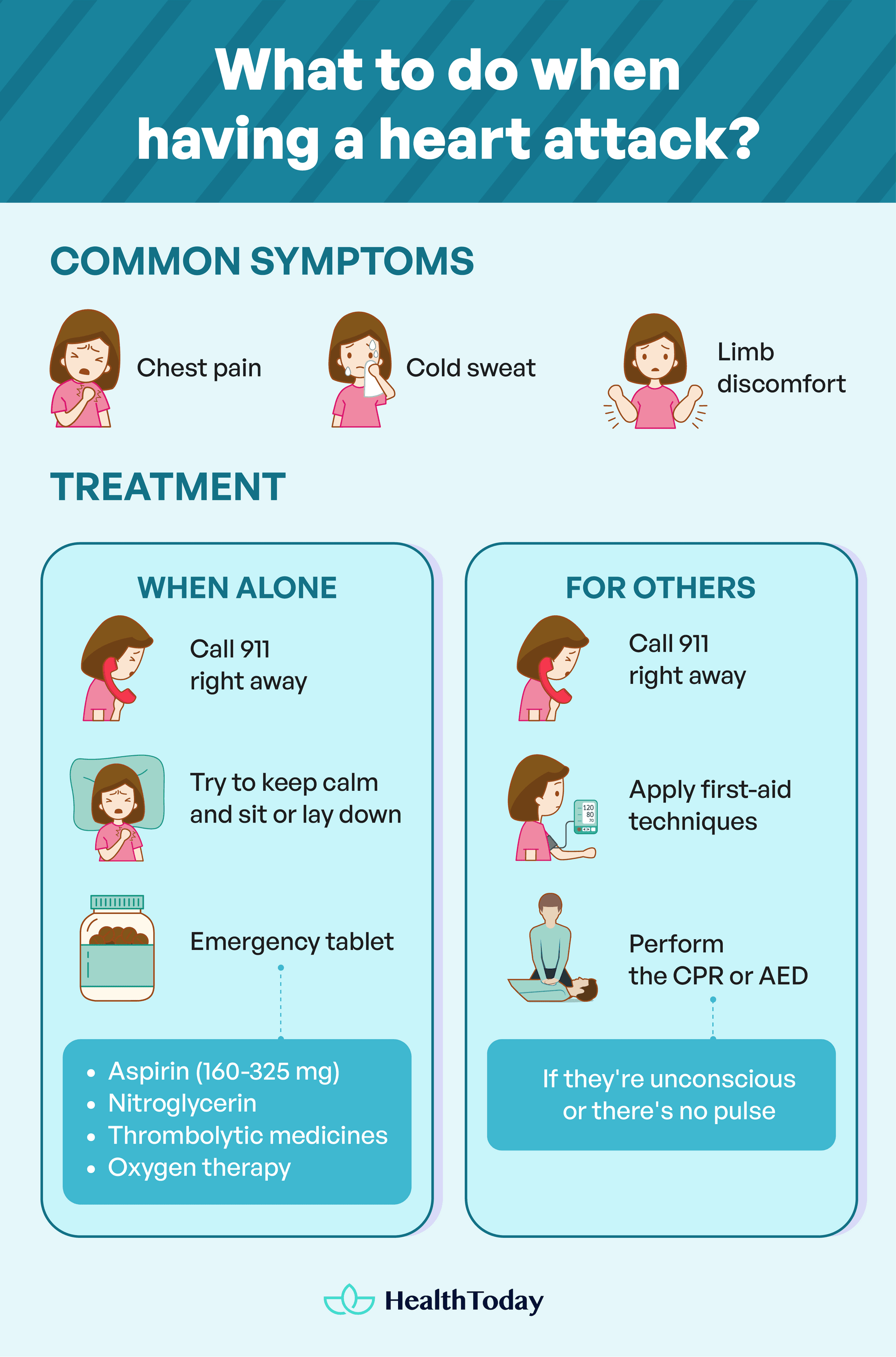
First aid for heart attacks
If you notice heart attack symptoms in someone, call 9-1-1 right away. And be sure to check your local community plan because some places may have different numbers to dial.
Before the ambulance arrives, follow first aid techniques for heart attack rescue. They can be done in 30 seconds (3, 5):
- Take the patient to a chair and ensure their comfort. Some may prefer to lie down, while others may be breathless and want to sit up straight.
- Tell the patient to relax and try to stay calm while waiting. Resting may reduce the effort needed to pump blood throughout the body.
- Loosen any tight clothing on the patient. This simple step will make breathing easier for the patient and for EMS to assess them.
- Ask if the person takes any medicine for chest pain, such as nitroglycerin for a heart condition, and assist them in taking it.
An ambulance is the best way to get to the hospital. The faster the patient gets to the emergency room, the quicker they can get treated, limiting the damage to the heart muscle (2, 4).
Once the patient arrives at the hospital, EMS personnel can check on them, run tests, and determine the best treatment immediately. These tests may include (7):
- An EKG: to check if they are having a heart attack within minutes.
- Blood tests: to measure the amount of proteins related to heart attack in their blood.
- Imaging tests (chest X-ray or CT): to see if their heart works properly.
- Stress test: to determine the level of heart damage and what’s causing it.
CPR for Cardiac Arrests
If the patient is already passed out and not breathing or doesn’t have a pulse, start doing cardiopulmonary resuscitation (CPR) after calling 911 to get the heart pumping again (3).
The quicker you do it, the better their chance of returning to life. CPR keeps blood flowing to the heart and brain. Don’t stop until you can get your hands on a (AED) defibrillator.
If you are a healthcare provider or trained in CPR (20):
- Perform chest compressions and mouth-to-mouth breathing at a cycle of 30 compressions for every two breaths given.
- With adult patients, press on their chest 100 to 120 times per minute, and push down at least 2 inches (5 cm), but no deeper than 2.4 inches (6 cm).
For the general public or bystanders, perform compression-only CPR or hands-on CPR (without mouth-to-mouth breaths). Just push hard and rapidly right in the center of the chest (20).
Note that this information is just a guideline for learning about CPR. It can’t replace a formal CPR course.
Automated External Defibrillators (AED)
Suppose the patient is unconscious, their heart is not beating, and an automated external defibrillator (AED) is available (commonly in public spaces). In this case, you should follow the instructions on the AED device (2, 3).
The device can significantly increase a cardiac arrest victim’s chances of survival and recovery of brain function. According to a study, 66.5% of cardiac arrest patients who got a shock from an AED survived, while only 43% of those who waited for paramedics to arrive survived (21, 22).
AED uses pads placed on a patient’s chest, checks the victim’s heart rhythm, judges whether defibrillation is needed, and then sends the electric shock.
It should be noted that AED only provides a shock to persons with certain c abnormal heart rhythms. If a victim’s heart doesn’t respond to electric currents, you should perform CPR until EMS arrives.
Never use an AED if the patient is still conscious or the AED says, “Do not shock.”
When someone has a heart attack, call 911 immediately without hesitation. While waiting for the EMS, apply first aid techniques: make patients comfortable, loosen their clothes, and help them with their meds. If they’re unconscious or there’s no pulse, perform CPR or use an AED.
How to assess your risk factors to prevent a heart attack?
If you’re between 40 and 75 years old, and you’ve never had a heart attack or a stroke, there’s a calculator you can use from the AHA (American Heart Association). It can tell you how likely you’ll have a heart attack or a stroke in the next 10 years (23, 24).
Knowing your risk factors can help you and your healthcare team decide on the best treatment plan.
Controllable risk factors
Most risk factors for heart attacks are actually within your control. These include (1, 18, 23):
- Unhealthy diet
- Lack of regular physical activity
- Smoking or drinking alcohol
- Drug use (e.g., cocaine)
- Anxiety and stress
Other medical conditions like high blood pressure, overweight and obesity, high blood cholesterol, and diabetes can also increase one’s risk of heart attacks (1, 23).
Almost half of Americans have at least one of the three key risk factors for heart disease. They are high blood pressure, high cholesterol, and smoking (1).
Uncontrollable risk factors
However, some risk factors cannot be changed:
- Sex: Men have a bigger chance of getting a heart attack compared to women (even after menopause), and the risk increases earlier in life for men as well. Moreover, while it may seem weird, male pattern baldness may also be associated with the risk (25).
- Age: Men have a higher risk of heart disease after they turn 45, while women have a higher risk after they turn 55 or after menopause (18).
- Family history: If your father or brother was diagnosed with coronary artery disease before they hit 55, or if your mother or sister was diagnosed with it before they hit 65, you might have a higher risk of developing the disease (18, 23).
Other conditions
It is also vital to get treated for other health conditions that raise your risk of a heart attack (1, 23).
- Infections from bacteria and viruses
- Chronic inflammation
- Chronic kidney disease
- High levels of homocysteine
- Coronary artery problems
- Aortic dissection (a tear in the wall of the aorta)
- Excess oxygen demand on the heart
- Metabolic syndrome
The AHA offers a 10-year risk factors calculator for those aged between 40–75 with no history of heart attack or stroke. Many controllable risk factors include unhealthy diet, lack of exercise, smoking, alcohol/drug use, stress, and some health conditions. However, gender, age, family history, and certain illnesses are unchangeable.
How to prevent a heart attack from happening? 9 simple strategies
Fortunately, most risk factors for heart attack can be controlled (1). Once you’ve gotten a handle on your risk factors, you can tweak your lifestyle to dodge this condition (18). Remember, the power is in your hands!
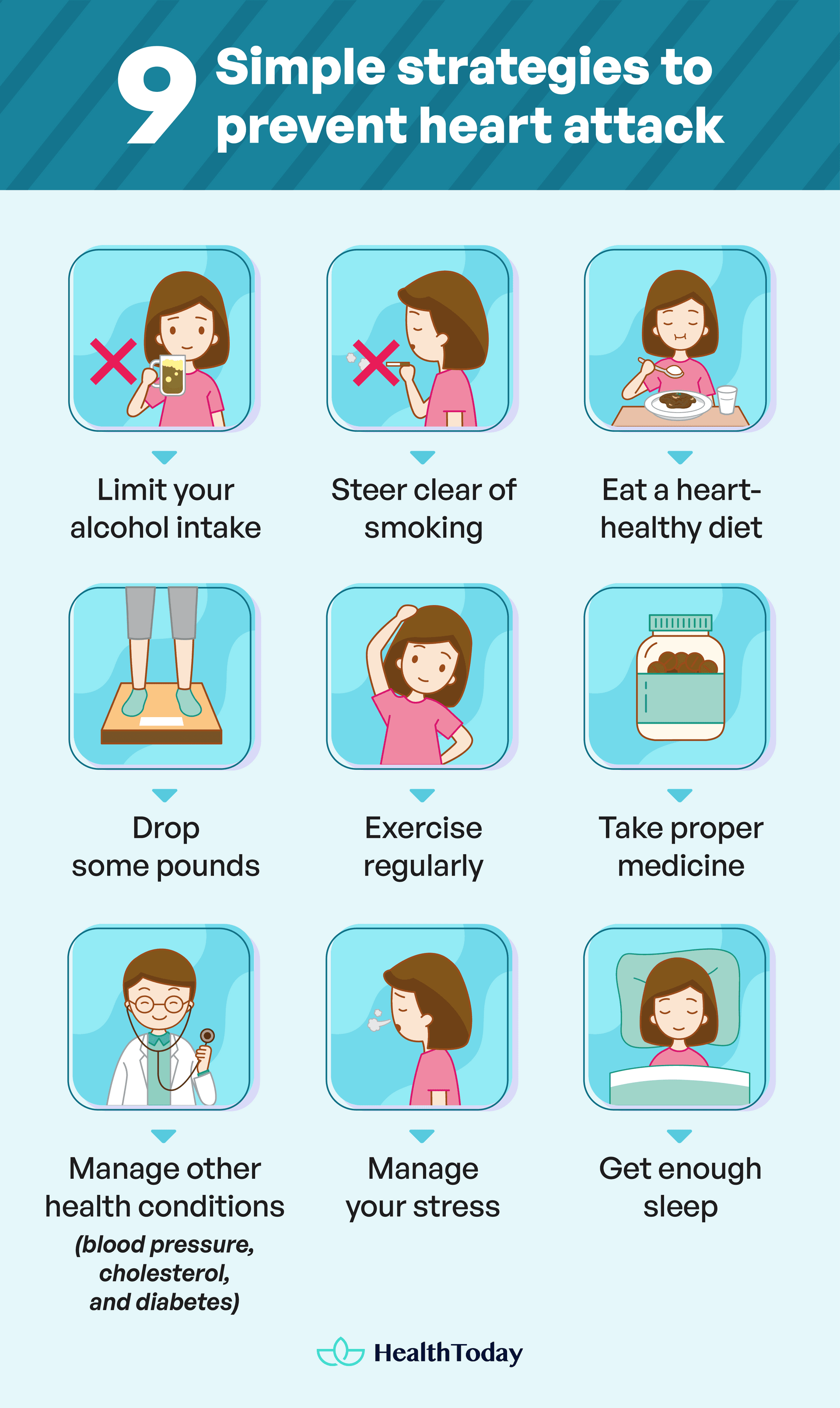
1. Manage your other health conditions
Make sure to keep blood pressure, cholesterol, and diabetes in reasonable control. They are all related to an elevated risk of heart attack (3).
If you have high cholesterol, high blood pressure (hypertension), high blood sugar, or other health conditions, it is critical to ask your doctor for recommendations on lifestyle changes. Here are some safe thresholds for common tests (6, 23):
- Total cholesterol: Below 200 mg/dL for adults, below 170 mg/dL for children
- Blood triglycerides: Below 175 mg/dL
- Blood pressure: Below 120/80 mm Hg for adults, below the 90th percentile for children
- Fasting plasma glucose (FPG): Below 100 mg/dL
- HbA1c (for evaluating blood sugar control): Below 5.7%
2. Steer clear of smoking
If you are a smoker, consider quitting. If you aren’t, don’t ever try it. Smoking can double your chances of developing heart disease, including heart attack (3, 6).
Nicotine in cigarettes and e-cigs can make your heart beat faster and increase blood pressure. Smoking can also drive clot formation and plaque buildup in your arteries (18, 23).
So, avoid tobacco products like cigarettes, vapes, and secondhand smoke. There is no such thing as a safe tobacco product (6, 26).
Try not to switch one tobacco source for another. There are many effective tools to help kick the habit. These include behavior modification programs and some medicines (23, 26).
3. Eat a heart-healthy diet
One of the best things you can do to avoid a heart attack is to get your diet on point. The foods you eat will have a great impact on risk factors like cholesterol, blood pressure, diabetes, and weight (23).
A heart-healthy diet focuses on offering many nutrient-rich foods (23, 27, 28):
- Vegetables, fruits, and complex carbs
- Fat-free or low-fat dairy products (without added sugar)
- Lean proteins, like poultry, fish, and legumes
- Healthy fats, like nuts, seeds, and nontropical vegetable oils
In addition, make smart choices by limiting refined carbs, as well as saturated and trans fats like butter, cheese, and fried food. Don’t forget to take it easy on salt, sugary drinks, and red meat (27):
- Added sugars: less than 10% of your daily calories
- Saturated fats: less than 10% of your daily calories
- Sodium: no more than 2,300 mg per day
Finally, check out the Nutrition Facts Label on packaged foods to keep your nutrient intake under control (26).
4. Maintain a healthy weight
If you want to prevent heart attacks, your BMI should be between 18.5 and 25 kg/m2. And if you are overweight or obese, losing weight will benefit your overall health (3, 6). A sustained weight loss of 3–5% may significantly reduce some risk factors for heart attacks (23, 29).
A helpful way to know if you have excess fat is to measure your waist. If your waistline is over 35 inches for women or over 40 inches for men, your heart attack risk may increase (29).
Meanwhile, having a waist-to-hip ratio over 0.85 (women) or over 0.90 (men) isn’t good news. It increases the chance of metabolic troubles (30).
5. Exercise regularly
Before starting a new fitness routine to improve heart health, talk to your doctor first. To reap the benefits, you should aim for at least (3, 6, 26):
- 150 minutes of moderate-intensity activity per week or
- 75 minutes of vigorous activity per week.
- Kids must engage in at least 60 minutes of moderate or vigorous activity daily.
If you’re already hitting these fitness goals, you can turn it up a notch to get even more health benefits. And if you’re not currently physically active, you can start gradually by sitting less and moving more (26).
6. Take medicines as prescribed
If you have a health issue, your doctor may have prescribed statins or other medications to help monitor your cholesterol, blood sugar, and blood pressure. Make sure to follow all the directions when taking those medicines (1, 3).
However, don’t take aspirin as a preventive method unless your doctor tells you to. If you’ve never had a heart attack or stroke, daily aspirin may not help. It even can cause bleeding (26).
7. Limit your alcohol intake
One drink a day can lower your risk of heart attack. However, having two or more drinks can harm your heart and lead to other health issues (3).
How does drinking mess up your body? It can raise your blood pressure and place you at risk for serious health problems like cardiomyopathy, stroke, and cancer. Plus, it can give you high triglycerides, hamper your heartbeat, and increase your weight (23).
If you’re not into drinking, don’t get started.
But if you are, try to keep it to no more than two drinks per day for men and one for women. One drink is 1.5 fluid ounces (fl. oz.) of 80-proof spirits (like scotch, bourbon, vodka, gin, etc.), 5 fl. oz. of wine, or 12 fl. oz. of regular beer (23).
8. Manage your stress
Research suggests that an emotionally upsetting event, especially involving anger, can trigger a heart attack. It’s because stress can trigger a severe spasm (tightening) of your artery and contribute to high blood pressure (18, 31).
Hitting the bottle, using drugs, smoking, or binge eating might make you feel better in the short term. Yet, they are unhealthy ways to deal with stress and can worsen existing problems (1, 31).
It’s best to figure out what’s causing your stress and fix it (23, 32). Here are some low-cost and low-risk activities to help you relax:
- Chatting with a counselor
- Joining a stress management program
- Being physically active
- Doing meditation
- Following relaxation techniques
9. Get enough sleep
Getting a good night’s sleep is not only good for your body but also for your heart and brain. Sleeping helps repair and heal your heart and blood vessels. Plus, it can improve your mood, memory, and reasoning (23, 33).
Most adults should get around 7–9 hours of sleep every night. Depending on age, kids or babies may need to sleep longer (23, 34).
Making little changes, such as getting good sleep, can help you prevent heart attacks in the long run. Additionally, being aware of your health and stress levels while living a healthy lifestyle with a balanced diet and regular exercise is vital! And as a reminder, smoking and drinking are not encouraged.
What to do after a heart attack?
Once you’ve had a heart attack, you’re at a higher risk of having another one or developing other complications (1, 2). Your doctor may prescribe specific medicines (1, 12, 35):
- ACE inhibitors help lower blood pressure and reduce the work your heart has to do. However, it has a few possible side effects, like stomach pain and facial and neck swelling.
- Anti-clotting medicines, such as aspirin and clopidogrel, stop platelets from sticking together and forming blood clots. Even though they keep your blood flowing smoothly, they can trigger bleeding.
- Anticoagulants, or blood thinners, help prevent blood clots and stop existing clots from getting more significant. Yet, like anti-clotting medicines, anticoagulants can cause bleeding issues.
- Beta-blockers help slow the heart rate and lower blood pressure. They can also help treat problems you may have with your heartbeat or chest pain. Their possible side effects are irregular heartbeat and worsening heart failure.
- Cholesterol-lowering medications like statins can help lower your blood cholesterol. Nonetheless, one should be careful because they can cause muscle pain and damage.
Make sure to take all your medicines the way your doctor prescribed them. Don’t change the amount or skip a dose unless they tell you to (12).
If you don’t have chest pain, discomfort, or other issues after experiencing a heart attack, you can probably return to regular activities in a few weeks. Many people can start walking right away. Ask your doctor when it’s safe to return to your normal routine, including sexual activity (36).
Your doctor may want you to limit travel, work, or sexual activity for some time after a heart attack. They may suggest some lifestyle changes.
Joining a cardiac rehabilitation program would also be beneficial. This program is an important resource for anyone recovering from heart problems that require surgery or medical care. The program includes (2, 36):
- Education about heart-healthy living: learning ways to eat healthful diets, take medicines as prescribed, and quit smoking
- Education about physical activity: learning to exercise safely and more regularly
- Counseling: learning to manage stress and improve mental well-being
- A team of experts to help you design and go through the program
Attending a cardiac rehabilitation program can reduce one’s risk of having another heart attack by 47%. Moreover, patients who participated in cardiac rehab were 42% less likely to die in an average of eight years (8).
After a heart attack, the chances of it happening again and other complications are higher. Doctors usually prescribe specific medicines and suggest restrictions on travel, work, or sexual activity. To reduce the risk of another heart attack, joining a cardiac rehab program is a good idea.
How to stop a heart attack?
Unless you have medical assistance, you can’t stop a heart attack yourself, so call 911 without delay. Sit tight and try to keep calm while waiting. Loosen their clothing and have the person sit down and take their prescribed medications. Emergency medical treatment can involve chewing aspirin or taking nitroglycerin to prevent additional blood clots from forming and minimize heart damage (). If prescribed, nitroglycerine or thrombolytic medications can also help reduce heart damage. Using oxygen therapy may also help. If the individual is not breathing or passes out, then perform CPR or use an AED.
What is the emergency tablet for a heart attack?
If you’re feeling chest pain, chew and swallow a whole dose of aspirin (160–325 mg). Prescription medications such as nitroglycerin, thrombolytic medicines, and oxygen therapy should be used as prescribed by your medical provider ().
How to perform CPR for cardiac arrest?
If a person suffering from a heart attack passes out, they may have had a cardiac arrest. Call for help (911) and an AED if not already done. Check for pulse and breathing. For those already trained in CPR, perform 30 chest compressions for every 2 mouth-to-mouth breaths. For the general public or bystanders, perform compression-only CPR by pushing hard (at least 5 cm but not exceeding 6 cm) and rapidly (about 100–120 times per minute) in the center of the chest ().
Summary
Let’s briefly overview the main points on what to do when having a heart attack:
- The symptoms of a heart attack can vary greatly in their presentation, onset, and duration. Common symptoms include chest pain, limb discomfort, and cold sweats.
- There is nothing anyone can do on their own to stop a heart attack when it is happening.
- Call 911 immediately when you recognize the symptoms and seek heart attack remedies, like aspirin if you’re alone at home, or start CPR and use an AED if someone else has gone into cardiac arrest.
- Avoid wasting time on “cough CPR” and other online myths claiming to treat heart attacks when alone.
- Reduce your risk factors for heart attack by reflecting on your lifestyle. Watch out for controllable risk factors like diet, exercise, smoking, alcohol/drug use, stress, and other conditions.






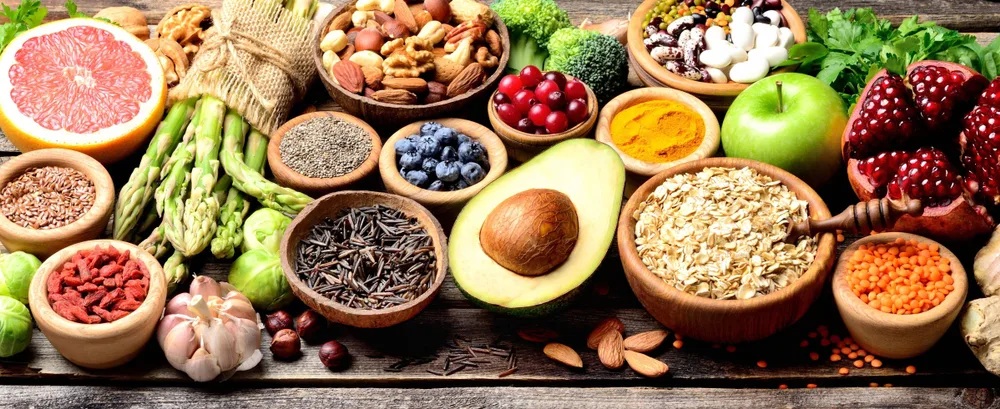




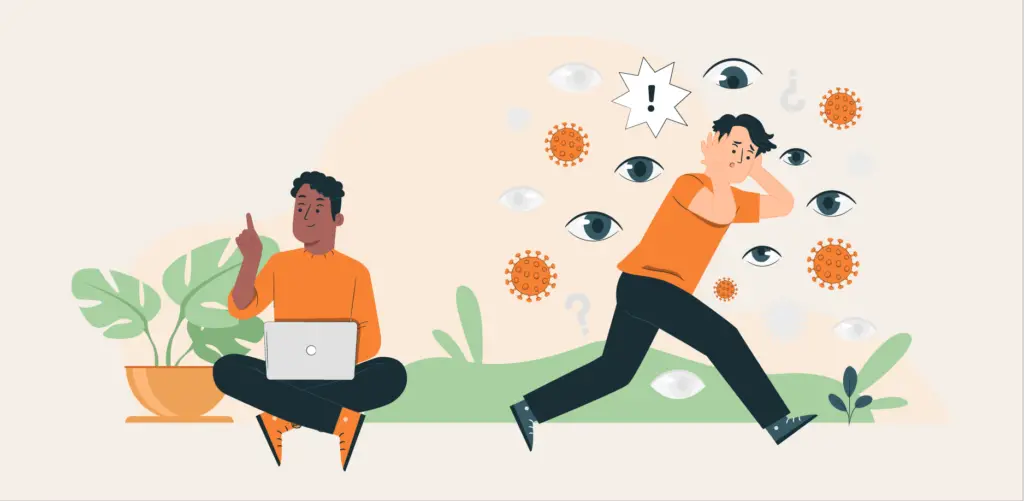
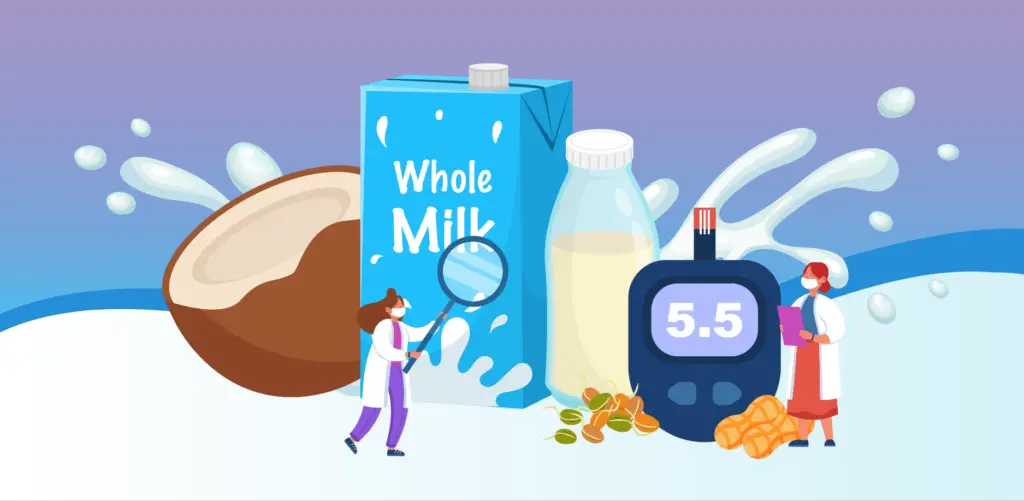


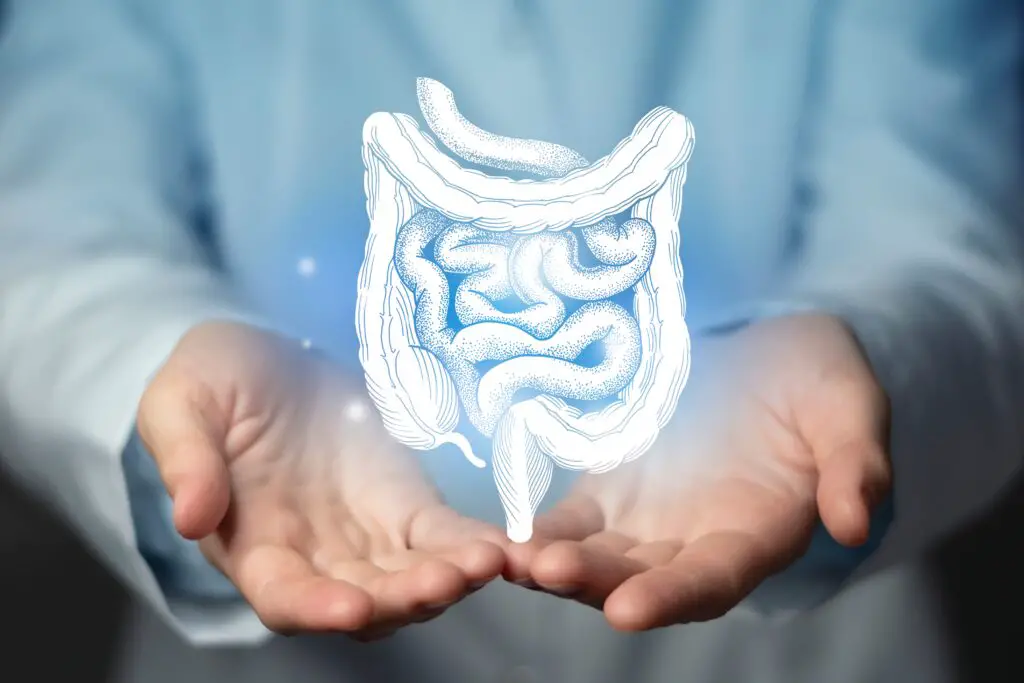

Comments
0